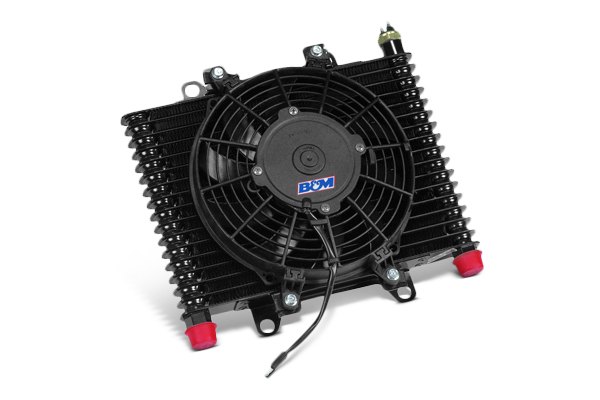
It’s hot. And you’re stuck in traffic, again. No biggie, just crank up the stereo and the a/c, and wait it out. Creeping along, you start to smell that cloying, unmistakable maple-syrup-in-a-Turkish-bath-smell of boiling coolant. Turning off the air helps for a few minutes. Turning on the heater helps for another few hundred yards, but the inevitable happens: a geyser of evil green coolant erupts from under your hood. It takes an hour 

for the engine to cool off and you can pour some water into it. That’s okay - CARiD is here to help. If your car’s cooling system fails, your car will grind to a halt by the side of the road in short order. Two-thirds of the energy in a gallon of gasoline turns to heat inside your engine, and it’s the responsibility of the to remove that heat promptly and efficiently. The entire cooling system is filled with a mixture of ethylene glycol and water, laced with additives to retard corrosion.


